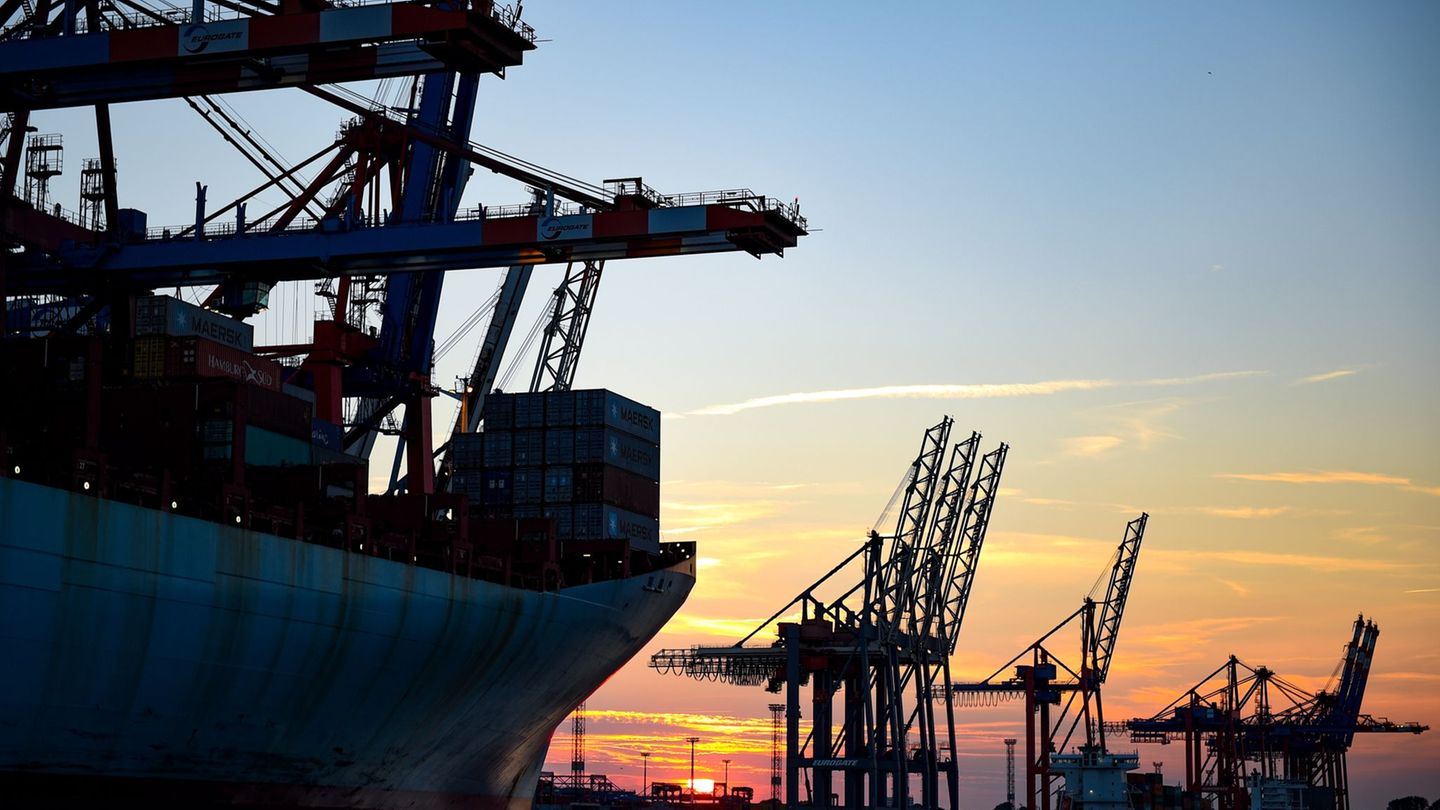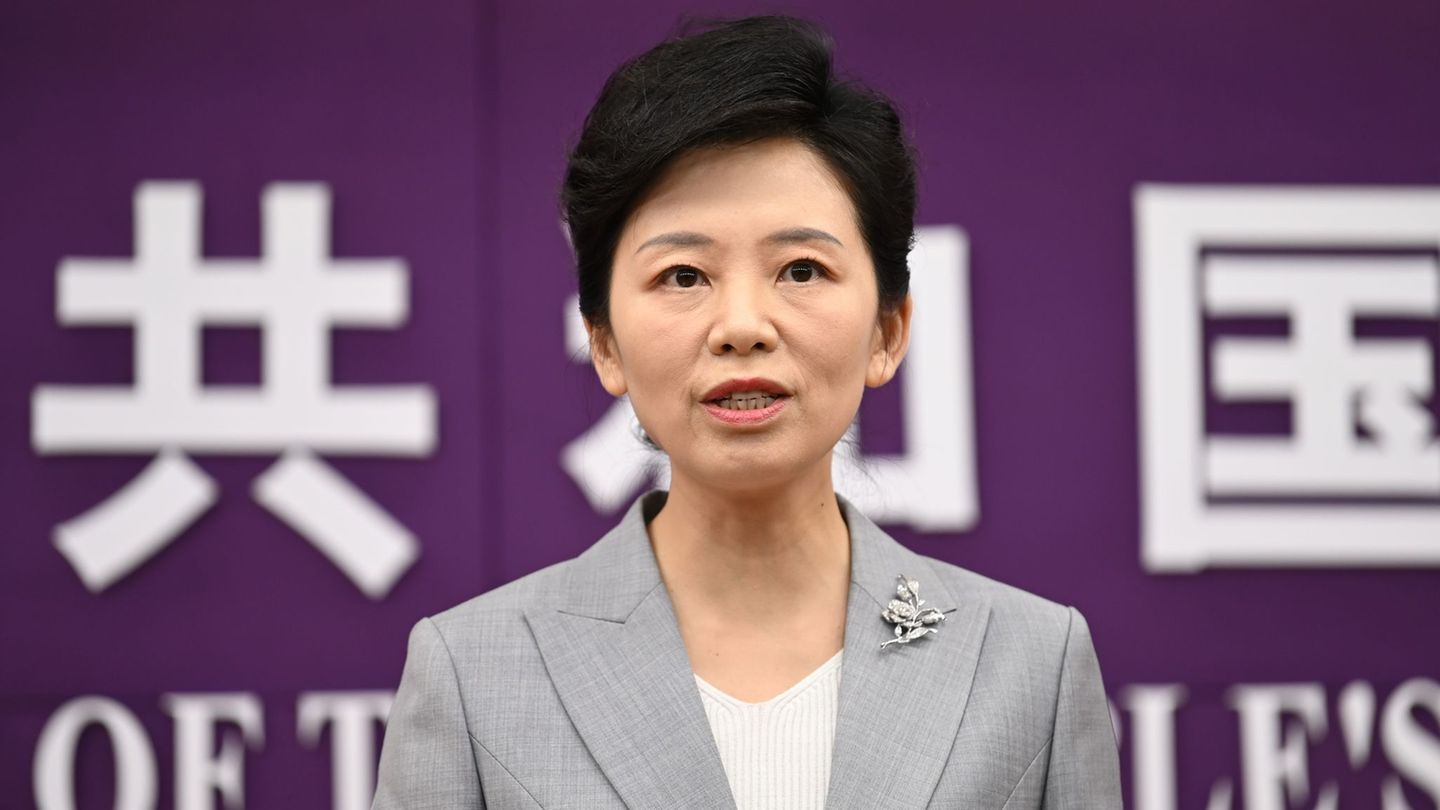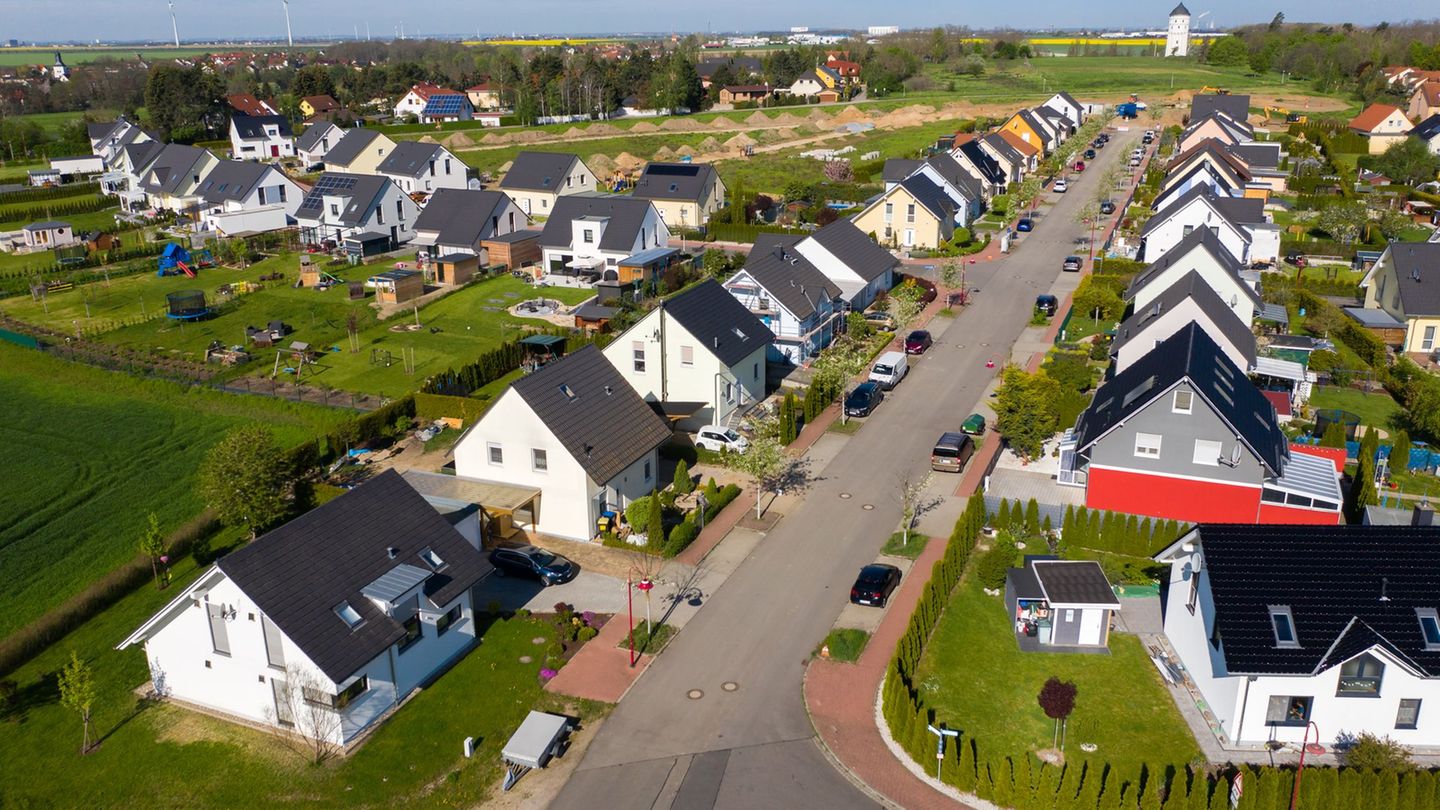The maiden flight is scheduled to be attempted on Tuesday from 8 p.m. CEST from the European spaceport in Kourou in French Guiana. Its successor will also have technology from Austria on board.
- Read more: After a long wait: Ariane 6 to take off – A chronology
The new system from rocket manufacturer ArianeGroup is intended to make Europe’s space program more competitive and ensure independent access to space. The launch window begins at 8 p.m. (CEST) and was recently extended by ESA to midnight. For ESA boss Josef Aschbacher, who comes from Tyrol, Ariane 6 marks a new era of autonomous and versatile space travel.
Austria also involved in the construction
13 European countries, including Austria, were involved in the construction of the rocket, which is 56 meters high and weighs 540 tons. For example, the company Beyond Gravity Austria supplied the high-temperature thermal insulation for the engines and the high-tech company TTTech contributed parts of the data network. With each Ariane 6, the Austrian companies generate a turnover of around 500,000 euros, said the research promotion agency FFG in the run-up to the launch.
The weather expert at the spaceport, Anne-Sophie Chassagnou from the French space agency CNES, is optimistic that the launch could go ahead as planned. “The trend is great.” The expert is checking whether thunderstorms or strong winds could get in the way of the flight. If this is not the case, the scaffolding that is currently still around the Ariane 6 will be pulled away to expose the rocket.
For the first flight, work has already begun on filling a vessel in the main stage with helium. The rocket tanks are also scheduled to be filled five hours before the planned launch time.
Designed to launch satellites into space
The Ariane 6 is the successor to the Ariane 5, which was in use from 1996 to summer 2023. It is designed to launch satellites into space for commercial and public clients and is significantly cheaper than its predecessor.
The decision to develop the rocket was made a decade ago. Aschbacher is convinced that the rocket still meets the current challenges. The ESA praises the Ariane 6 as modular and flexible. Depending on the mission, it can be equipped with two or four boosters and house different payloads in a smaller or longer upper section.
However, space expert Martin Tajmar from the TU Dresden believes that despite the innovations compared to the Ariane 6’s predecessor, the rocket is by no means up to date. The US company SpaceX ushered in the era of reusable space travel with the Falcon 9 rocket back in 2015.
My themes
For your bookmarked topics
new articles found.
info By clicking on the icon you add the keyword to your topics.
info
By clicking on the icon you open your “my topics” page. You have of 15 keywords saved and would have to remove keywords.
info By clicking on the icon you remove the keyword from your topics.
Add the topic to your topics.
Source: Nachrichten




